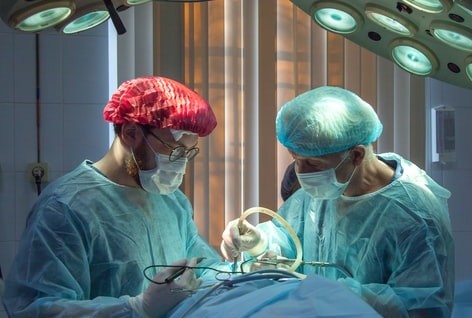
Gall Bladder Stones
Gallstones are one of the most common diseases worldwide and India has a large burden of individuals harbouring gallstones.
Gallstones form due to imbalance between bile, its components and cholesterol.
37 – 86% of gallstones are cholesterol-rich. These are attributed to obesity, rapid weight loss, low calorie diets and diets containing high proportion of refined carbohydrates and fat.
This disease increases with age. Women have higher prevalence than men, which is attributed to exposure to oestrogen and progesterone.
The most common symptoms of gallstones are pain in central or right upper abdomen, jaundice, fever.
90%of gallstones remain asymptomatic.Of those, around 1 to 4% develop symptoms annually.
Liver function tests and abdominal ultrasound are
tools of diagnostics. Also to be considered in patients
with chronic abdominal or GI symptoms. In patients
with acute pancreatitis due to gallstones, endoscopic
retrograde cholangio-pancreatography is
recommended.
With the advent of laparoscopic cholecystectomy, treatment has moved from medical management.
Routine laparoscopic cholecystectomy is not indicated for the vast majority of subjects with asymptomatic gallstones. Although it has become much safer,
though there remains associated morbidity and mortality.
The risks of the operation outweigh the complications if stones are left in-situ.
Open surgery is used when laparoscopic techniques are dangerous, unsuitable or impossible.
There is no evidence for prophylactic cholecystectomy to prevent gallstone formation.
Laparoscopic cholecystectomy is the preferred treatment for symptomatic gallstones
-Dr Chetan Shenoy
Consultant General and Laparoscopic Surgery.


